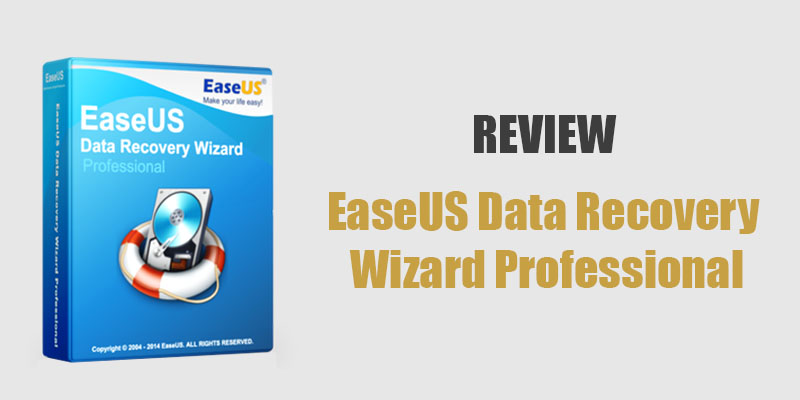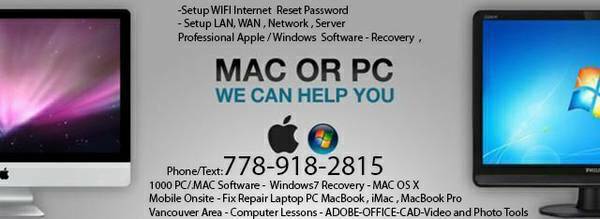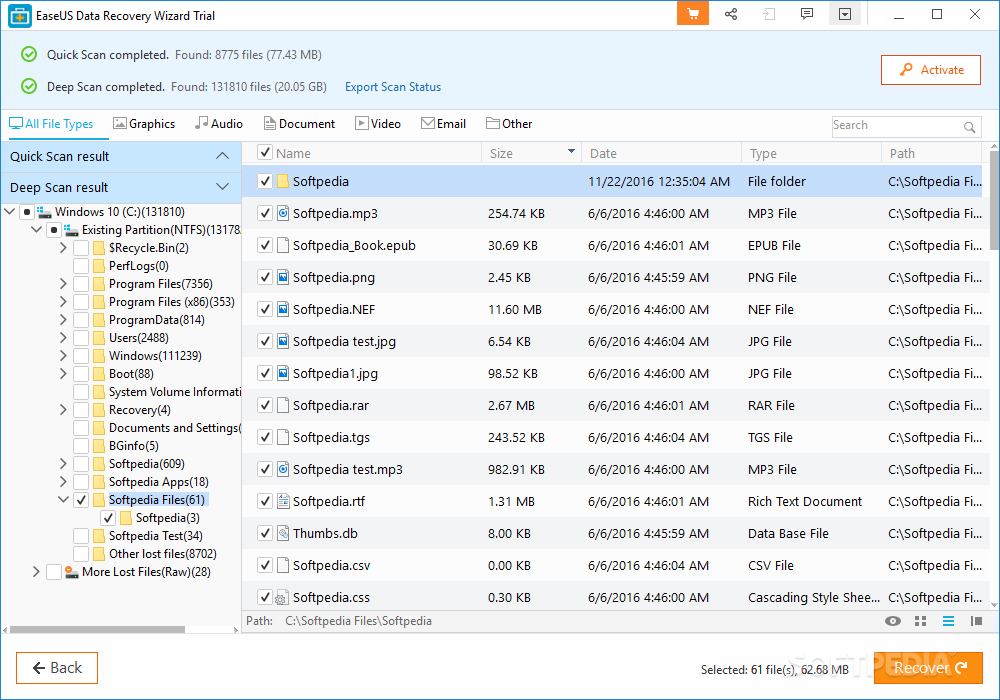
If your photos or videos are too far gone, even the best recovery software won’t be able to piece them back together.įor instance, if you fill up a memory card, format it, and fill it up again, the first set of images will almost certainly be unrecoverable, which is why you should always, always, always have a proper backup system from the beginning. Instead, I started recovering images as soon as EaseUS identified them.Ī word of caution: There are times when EaseUS Data Recovery will fail that’s just the nature of recovery software.

When I was testing the software, I didn’t have to wait for the entire deep scan to finish. And I’m a huge fan of the “recover while scanning” option, which allows you to recover already-discovered items while EaseUS continues to scan the drive. But if you’re looking to recover select media from an entire hard drive of files, filtering is invaluable – it’ll let you find and select the files you’re after, without having to waste precious time going through the entire set of recovered items. Since I was just recovering Olympus RAW images from an SD card, I didn’t have much use for the filtering functions. The recovery process itself took thirty seconds at most.

And I was also pleased by the speed of recovery, because while some recovery software takes hours upon hours to scan and recover photos, EaseUS had all 20+ deleted photos ready for recovery within five to ten seconds. The process was remarkably simple and took literally zero fumbling around with the software. I was handily impressed by the ease of recovery. Of course, it’s impossible for me to test every scenario and every file type, but my Olympus RAW images came back safe and sound, and I’m confident that EaseUS could effortlessly handle plenty of other situations.

When I’d finished the recovery process, I had access to every one of my photos (all in perfect condition!). I tested EaseUS Data Recovery with a formatted memory card of my own, and it performed flawlessly.


 0 kommentar(er)
0 kommentar(er)
